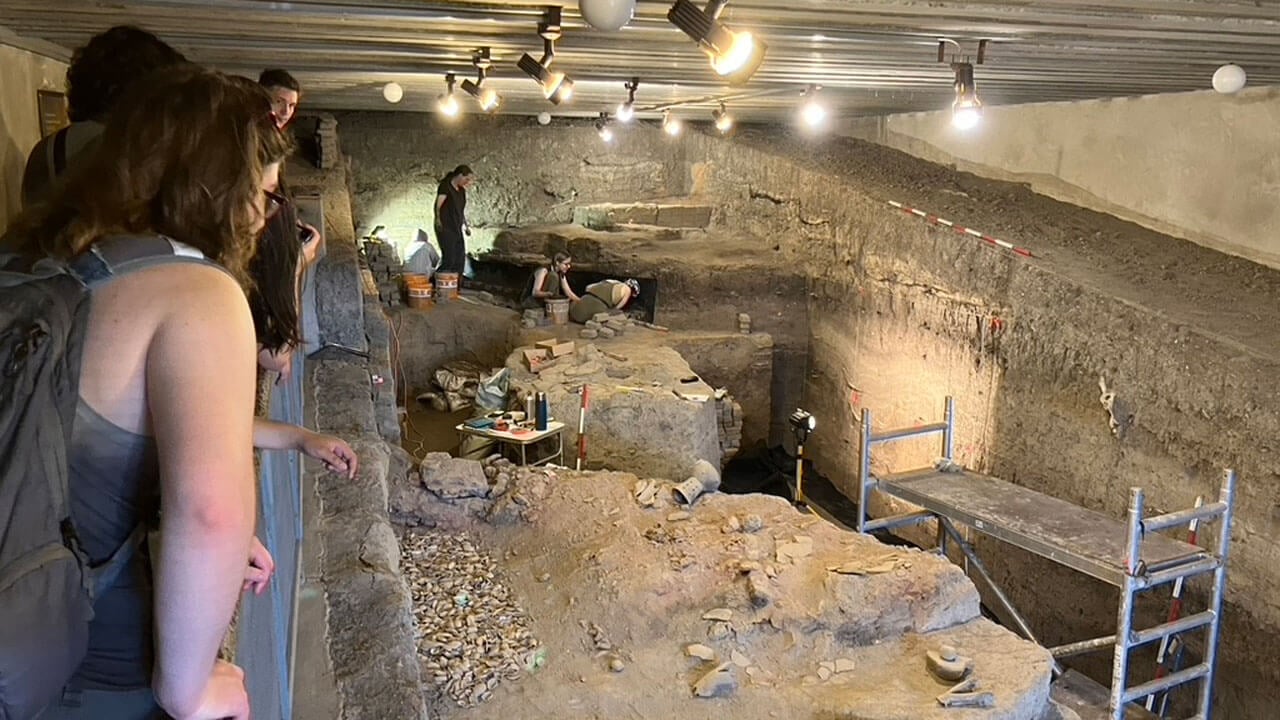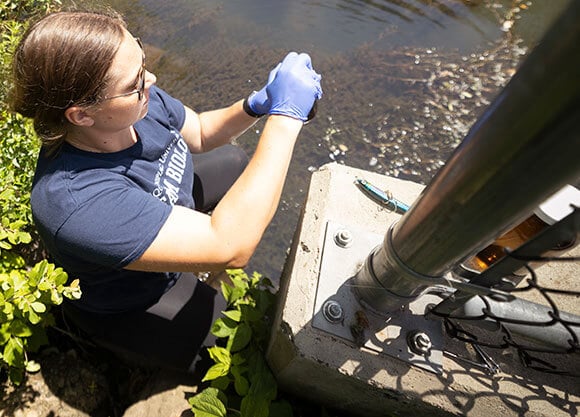

The data collected from the students will be recognized at the Society for American Archaeology, an annual and national conference held in the spring and the phenomena they have uncovered will be included in a book about the cemetery.
Jaime Ullinger, director and professor of anthropology, said the purpose of the trip was to better understand ancient mortuary customs.
“We worked on identifying how many people may have been placed into the same cremation urns, and how hot the fires may have been that were part of the cremation ceremony, by looking at the color of the bone,” said Ullinger.
Ullinger’s colleague, Julia Giblin, professor of anthropology, also attended the excursion and was delighted by the students' creative thinking.
“The students were encouraged to explore their own interests and curiosities about the collection and region,” said Giblin. “They conducted their own literature search and contributed to a group database of relevant readings for group discussions. They have also been encouraged to consider what ideas they might want to explore as independent research projects during the academic year.”
In addition to their research, the group visited the Munkácsy Mihály Museum where cremation artifacts from the excavation site are on display. They also visited Hungarian markets and a Neolithic tell – Vésztő-Magor, where excavators discuss their recent discoveries and findings.






In this Article
Stay in the Loop
Quinnipiac Today is your source for what's happening throughout #BobcatNation. Sign up for our weekly email newsletter to be among the first to know about news, events and members of our Bobcat family who are making a positive difference in our world.
Sign Up Now



























